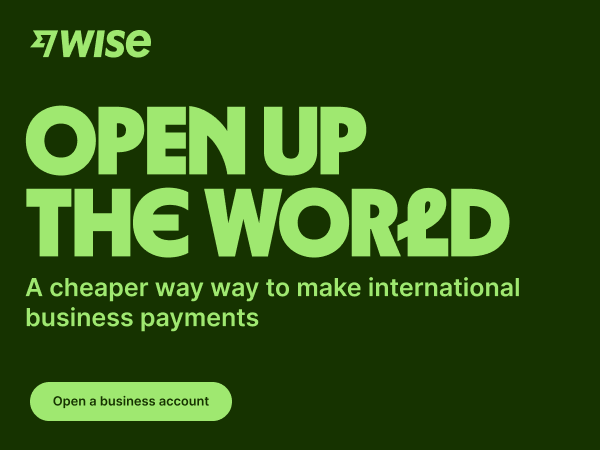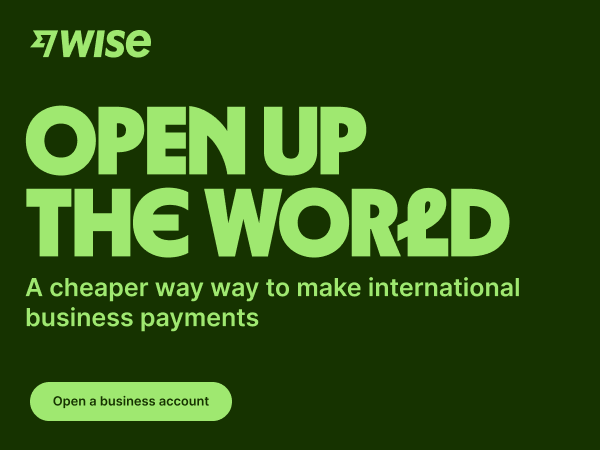Having a professional-looking website is essential for businesses and individuals alike. However, not everyone possesses the technical skills required for web development. This is where page builders like Elementor come into play. Elementor has revolutionized the WordPress ecosystem by enabling users to create stunning websites without writing a single line of code.
This comprehensive guide will walk you through everything you need to know about Elementor Page Builder – from its basic features to advanced capabilities, helping you determine if it’s the right tool for your website building needs.
What is Elementor?
Elementor is a visual drag-and-drop page builder plugin for WordPress that allows you to create beautiful, responsive websites without needing coding knowledge. Launched in 2016 by Yoni Luksenberg and Ariel Klikstein, Elementor has grown to become one of the most popular page builders in the WordPress ecosystem, with over 10 million active installations worldwide.
Key Features at a Glance
- Visual, front-end editing: What you see is what you get (WYSIWYG) editor
- Drag-and-drop interface: Easily position elements anywhere on your page
- Responsive design tools: Create websites that look great on all devices
- Rich widget library: Over 90 design elements and widgets in the free version
- Template library: Access to hundreds of pre-designed templates
- Theme Builder: Design your entire WordPress theme (Pro version)
- WooCommerce Builder: Create custom online stores (Pro version)
- Popup Builder: Design advanced popups (Pro version)
Free vs. Pro: What’s the Difference?
Elementor offers both free and premium versions of its page builder. The free version provides access to the core functionality and basic widgets, while the Pro version unlocks advanced features and premium support.
Elementor Free
The free version of Elementor includes:
- 40+ basic widgets (headings, images, buttons, etc.)
- 30+ templates
- Basic page building capabilities
- Responsive editing
- Revision history
Elementor Pro
The premium version adds:
- 50+ additional advanced widgets
- 300+ premium templates and blocks
- Theme Builder (headers, footers, archives, single posts)
- WooCommerce Builder
- Popup Builder
- Form Builder
- Dynamic content
- Role Manager
- Custom CSS controls
- Priority support
Getting Started with Elementor
Installation
- Log in to your WordPress dashboard
- Navigate to Plugins > Add New
- Search for “Elementor Page Builder”
- Click “Install Now” and then “Activate”
Creating Your First Elementor Page
- Go to Pages > Add New or edit an existing page
- Click on “Edit with Elementor” to launch the Elementor editor
- The editor will open with a blank canvas or your existing content
Understanding the Elementor Interface
The Elementor interface consists of two main parts:
- The Canvas: This is where you see your page and how it will look to visitors
- The Panel: This is the control center on the left side of the screen where you can add elements and adjust settings
The Panel
The panel contains three main tabs:
- Elements/Widgets: Contains all available widgets categorized by type
- Global Settings: Controls site-wide design settings
- Page Settings: Manages page-specific options
Basic Building Blocks
Elementor follows a hierarchical structure for organizing content:
- Sections: The largest container element that spans the width of your page
- Columns: Divisions within sections that help organize content horizontally
- Widgets: Individual content elements placed within columns
Building Your First Page with Elementor
Step 1: Add a Section
- Click on the “+” button at the bottom of the canvas
- Choose a section structure (number of columns)
- Your new section will appear on the page
Step 2: Add Widgets
- Click the “+” icon in a column
- Select a widget from the panel
- The widget will appear in your column
- Adjust settings in the panel
Step 3: Style Your Content
- Select any element on your page
- Use the Style tab in the panel to customize appearance
- Adjust typography, colors, spacing, and more
Step 4: Adjust Responsive Settings
- Click the responsive mode icon at the bottom of the panel
- Switch between desktop, tablet, and mobile views
- Make device-specific adjustments as needed
Essential Widgets for Beginners
Elementor offers numerous widgets, but these are particularly useful for beginners:
Basic Widgets (Free Version)
- Heading: Add titles and subtitles
- Text Editor: Insert and format paragraphs
- Image: Add and customize images
- Video: Embed videos from YouTube or Vimeo
- Button: Create call-to-action buttons
- Icon: Add vector icons
- Image Box: Combine image and text
- Icon Box: Combine icon and text
- Spacer: Add vertical space between elements
- Divider: Add horizontal lines to separate content
Pro Widgets
- Form: Create custom contact forms
- Posts: Display blog posts in various layouts
- Portfolio: Showcase your work in a grid or carousel
- Slides: Create beautiful slideshows
- Price Table: Display pricing options
- Call to Action: Create compelling CTA sections
Templates: Save Time with Pre-Designed Layouts
Elementor offers a vast library of templates to jumpstart your design process:
Types of Templates
- Pages: Complete page designs
- Blocks: Section templates for specific purposes (like headers, testimonials, etc.)
- Kits: Complete website designs with multiple coordinated pages
Accessing Templates
- Click on the folder icon at the top of the panel
- Browse templates by category or search for specific designs
- Click “Insert” to add a template to your page
Creating Your Own Templates
- Select a section, column, or widget
- Right-click and choose “Save as Template”
- Name your template and save
- Access it later through the My Templates tab
Advanced Features in Elementor Pro
Theme Builder
The Theme Builder allows you to design every part of your WordPress site:
- Header Builder: Create custom headers
- Footer Builder: Design custom footers
- Single Post Templates: Customize individual post layouts
- Archive Templates: Design blog index and archive pages
- Search Results: Customize search results pages
- 404 Pages: Create custom error pages
Popup Builder
Create attention-grabbing popups for various purposes:
- Welcome mats
- Exit-intent popups
- Lead generation forms
- Announcement bars
- Cookie notices
Dynamic Content
Connect your design to your WordPress data:
- Display post information dynamically (title, content, featured image)
- Show custom field data
- Create templates based on user roles or other conditions
Optimizing Your Elementor Site
Performance Best Practices
- Enable Improved Asset Loading in Elementor settings
- Use optimized images (compress before uploading)
- Limit the number of animations
- Consider using a caching plugin
- Minimize the use of heavy widgets on mobile
SEO Considerations
- Use proper heading hierarchy (H1, H2, H3)
- Add alt text to images
- Optimize text content for keywords
- Ensure responsive design works perfectly
- Check mobile loading speed
Troubleshooting Common Issues
Editor Not Loading
- Clear browser cache
- Deactivate conflicting plugins
- Increase PHP memory limit
- Check for JavaScript errors
Layout Problems
- Check responsive settings
- Verify CSS conflicts with your theme
- Update Elementor to the latest version
Performance Issues
- Optimize images
- Remove unnecessary widgets
- Check server performance
- Consider upgrading hosting
Integrations with Other WordPress Plugins
Elementor works seamlessly with many popular WordPress plugins:

- WooCommerce: Create custom product pages and shop layouts
- ACF (Advanced Custom Fields): Display custom field data in your designs
- WPML: Build multilingual websites
- Form plugins: Integrate with Contact Form 7, Gravity Forms, etc.
- SEO plugins: Compatible with Yoast SEO, Rank Math, etc.
Learning Resources
Official Resources
Community Resources
- Elementor Facebook Group
- WordPress forums
- Third-party YouTube tutorials
- Online courses on platforms like Udemy
Elementor Empowers Users to Build Professional Websites
Elementor has transformed website creation, making it accessible to everyone regardless of technical expertise. With its intuitive interface, extensive features, and vibrant community, Elementor empowers users to build professional websites without the need for coding knowledge.
Elementor enthusiasts and freelance web designers can supercharge their workflow with the treasure trove of expert tips available on specialized blog sites like HOWPO. HOWPO provides freelancers a work from home guide for various niche including those who are using Elementor for their projects and clients. From time-saving shortcuts and hidden features to responsive design tricks and client management strategies, these our dedicated resources offer practical solutions to common challenges.
Whether you’re a blogger, small business owner, or professional designer, Elementor provides the tools you need to create stunning websites that stand out from the crowd.
Start with the free version to explore the basics, and as your skills grow, consider upgrading to Pro to unlock the full potential of this powerful page builder.
Happy designing!
Owner at Be Visible Media
Dale Basilla is a content writer for various niches, SEO (Off-page & On-Page), and lives in a location where there are lots of beaches in the Philippines. He loves to watch anime, TV series (mystery and solving crimes), and movies. In his spare time, he plays chess, plays the guitar, and spend time with his ever busy girlfriend.
